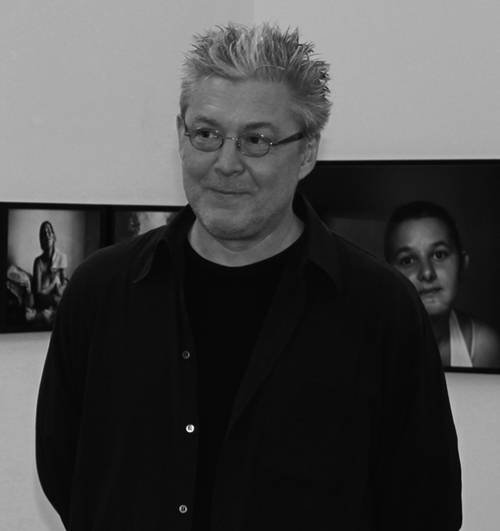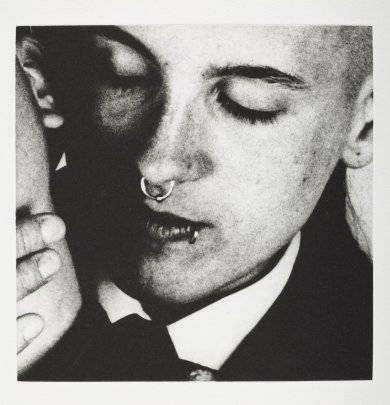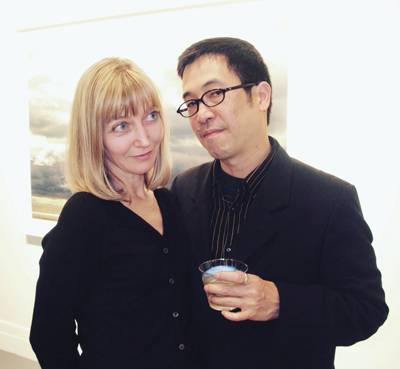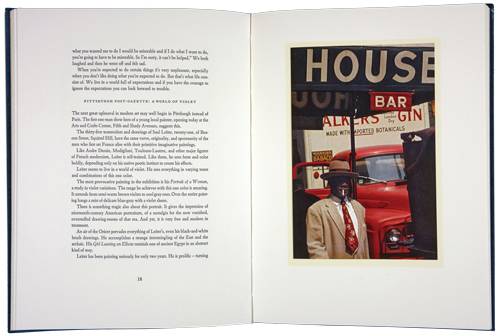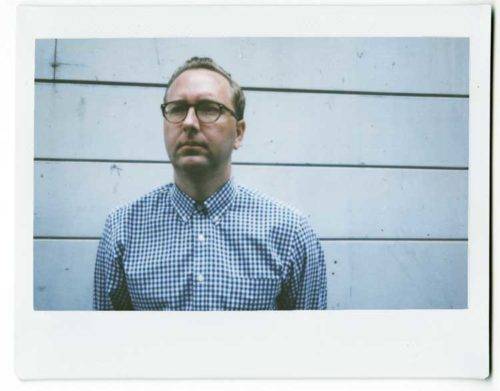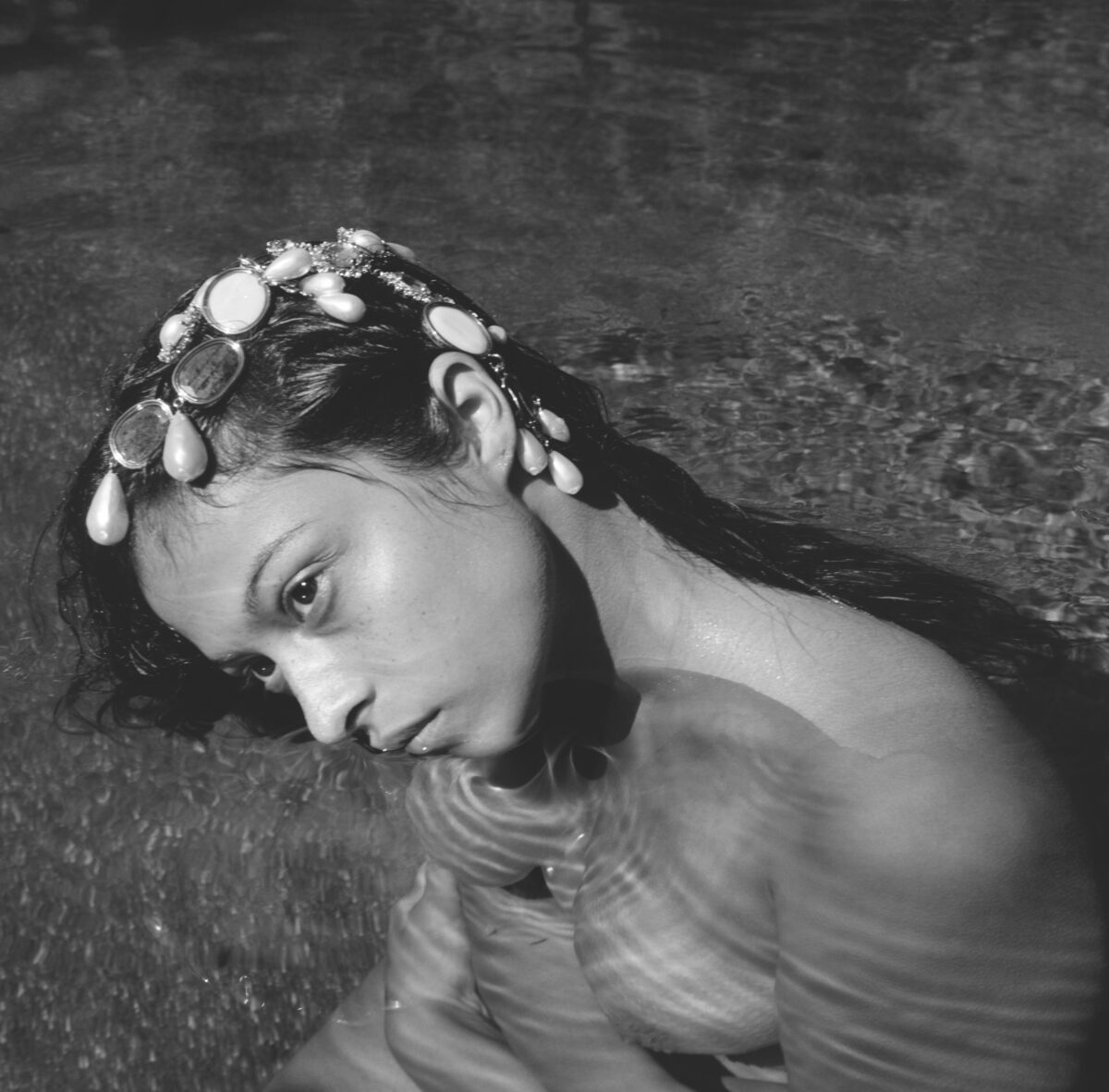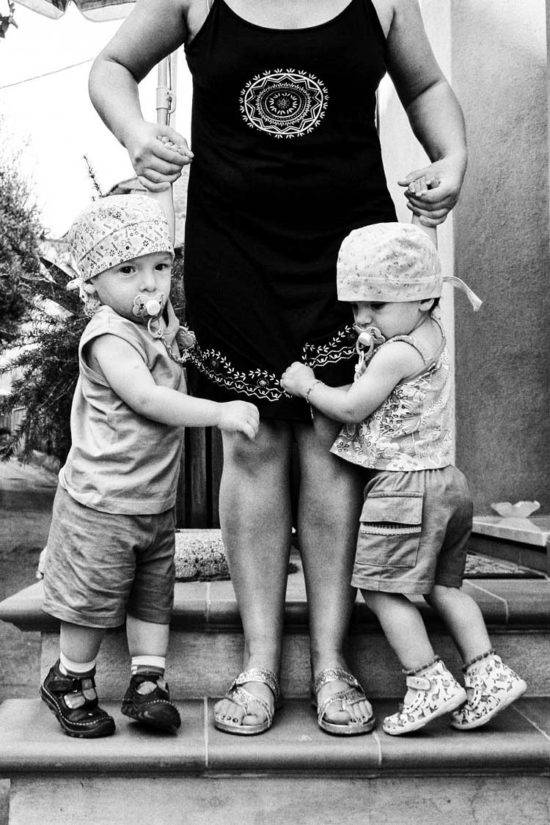Pacifico Silano credits his uncle and the guidance of his SVA graduate school professors with helping him find his identity as a photographer. Born in 1986, he grew up gay in an Italian Catholic family. His uncle died of complications from HIV — a family secret. Once Pacifico found out the cause of his uncle’s death many years later, he started to think about the lost generation of gay men. He became fascinated with the 1970s, the Stonewall decade of sexual liberation, and the ‘80s, which saw the AIDS epidemic. For his graduate thesis, Silano chose to pay tribute to the history of this tragedy.
Mentored by his professors, Penelope Umbrico and Marvin Heiferman in particular, Silano realized that he could appropriate existing images, modifying and manipulating them in any number of ways, into his project. Freed from creating his own photographs, he was able to concentrate on recreating distinct periods in the past with found photographs.
For his ongoing series Where the Boys Are, he reworked existing images, including photographs from magazines, film stills, and found images, to investigate the fears and repressed lives of young gay men in the 1950s, ‘60s and ‘70s. Cropped, torn, slashed, pasted, crumpled, and Photoshopped, this body of work is Silano’s tribute to gay life in those decades.
For Male Fantasy Icon, Silano took vintage images of Al Parker — a 1970s porn star, and an object of Silano’s infatuation, who died of AIDS in 1992 — and reworked them even more radically by using colors, fabrics, and postcards from the period. In Pages of Blueboy Magazine, he cropped images of centerfolds so they showed only the seductive gazes of a hundred men and assembled them into a vast installation as a reminder of their mortality.
His fascination with history reaches even farther back in his new project, which explores the persecution of the LGBTQ community during the Nazi regime in Germany and juxtaposes it with images from the AIDS epidemic. The project links two distinct periods in history and iconography, in Silano’s increasingly complex and layered exploration of gay life.

